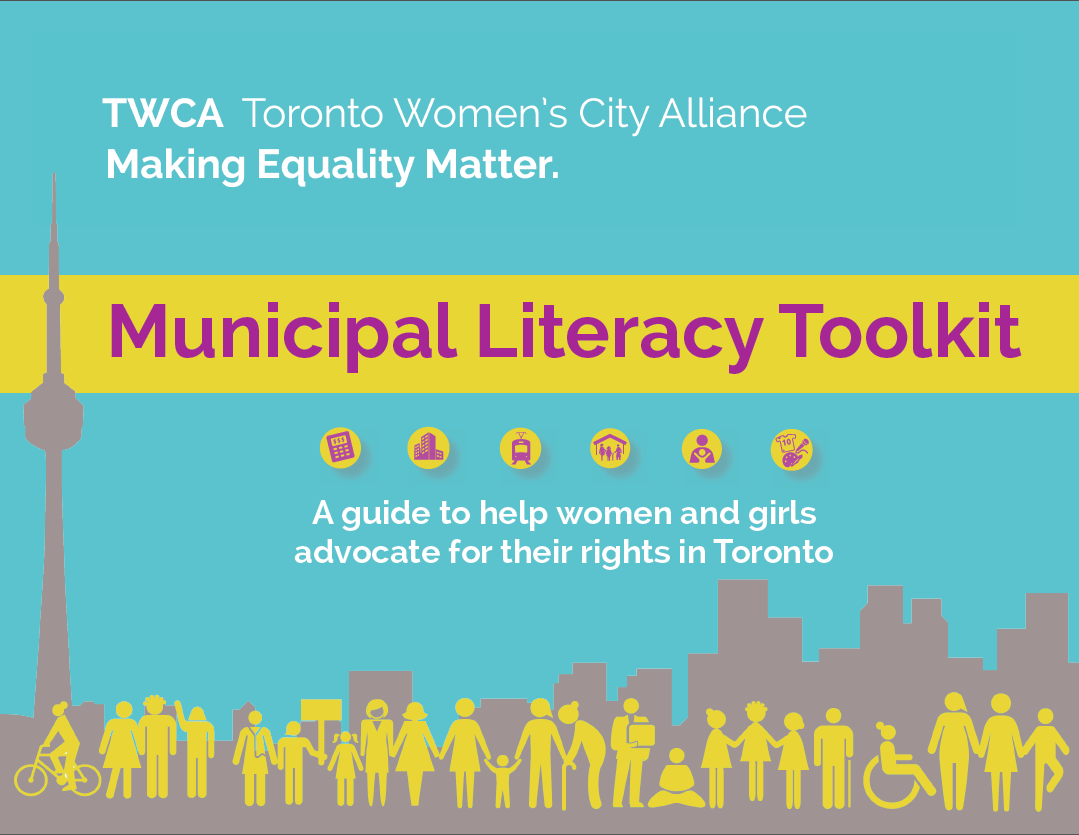The Community Development and Recreation Committee considered the Toronto Strong Neighbourhood Strategy 2020 at its meeting on 19th March, 2014. The Strategy uses the Urban HEART @Toronto project’s methodology to establish which Toronto neighbourhoods will receive funding to improve their equity indicators.
The indicators were based on 5 key issue areas: economic opportunities, social development, healthy lives, participation in decision-making, and physical surroundings. Of these domains, the following 15 indicators were derived:
-Unemployment (number of persons age 15+)
-Low Income (% of persons living below the after-tax low income measure)
-Social Assistance (% of persons who are recipients of Ontario Works, persons on ODSP participating in OW employment programs and non-OW persons receiving assistance with medical items)
-High School Graduation (composite measure of 4 indicators predicting the rate of youth graduation from high school [2006-2011])
-Marginalization (a combined measure of 18 variables representing residential instability, ethnic concentration, dependence and material deprivation)
-Post-secondary Completion (% of persons age 25-65 with post-secondary certificate, diploma or degree)
-Municipal Voting Rate (% of eligible voters who voted in the last municipal election)
-Community Places for Meeting (average number of meeting places within a 10 minute walking distance measured from each residential block in the neighbourhoods (incl. libraries, recreation facilities, places of worship)
-Walkability (a walkability score between 0 [not very walkable] and 100 [very walkable])
-Healthy Food Stores (the average number of healthier food stores within a 10 minute walk from each residential block in neighbourhoods)
-Green Space (average amount of green space [incl. parks and public areas] per square km in a 1 km circular buffer from each residential block in the neighbourhood)
-Premature Mortality (age-adjusted number of deaths under age of 75 per 100,000 population under age 75)
-Mental Health (% of those age 20+ reporting very good or excellent mental health)
Preventable Hospitalizations (age and sex adjusted number of ambulatory case sensitive condition hospitalizations per 100,000 population)
-Diabetes (age and sex adjusted number of persons age 20+ with diabetes per 100 population)
TWCA’s deputation focused on the crucial importance of a gender equity lens, given that all of the indicators are likely to have differential effects on women and men. Women comprise more than half of the City’s population. Particularly in the areas targeted by this strategy, the needs of low income and/or racialized women deserve urgent consideration for relevant and effective policy design. We also urged the Social Development, Finance and Administration section to collect gender-disaggregated data in order to thoroughly understand how gender-sensitive policy can best meet the needs of women in the Neighbourhood Improvement Areas. You can read our deputation on our website blog.
To this end, the Committee recommended that:
“City Council direct the Executive Director, Social Development, Finance and Administration to:
a. Implement a gender equity lens, to collect gender-disaggregated data and to add additional indicators such as, but not be limited to, Housing, Systemic Discrimination, Community Safety, Child Care, Transit, Unemployment and an expanded Mental Health indicator that includes addictions, when utilizing the Urban HEART @ Toronto Indicators in future calculations of the Neighbourhood Equity Score and Neighbourhood Equity Benchmark.
b. Report to Community Development and Recreation Committee by the end of the first quarter of 2015 on the updated outcomes.”
We will follow City Council’s decision with great interest!





